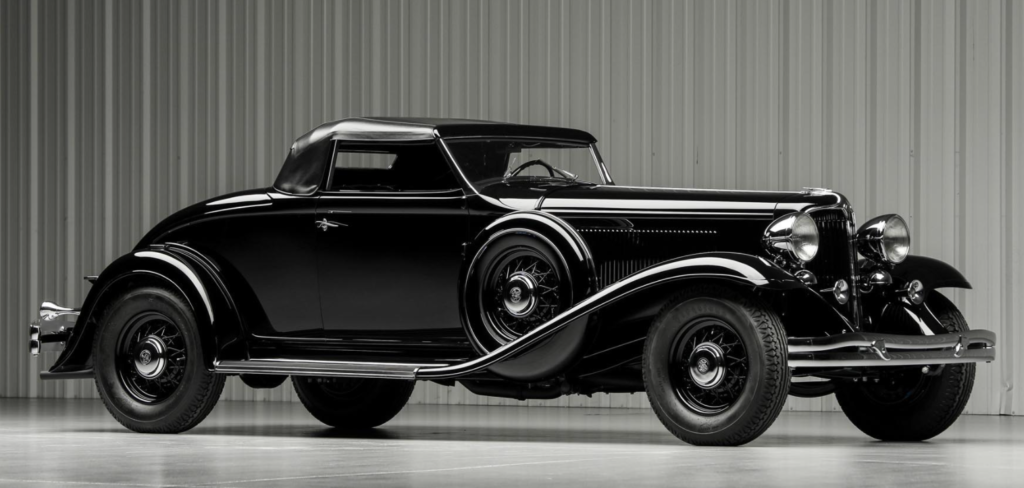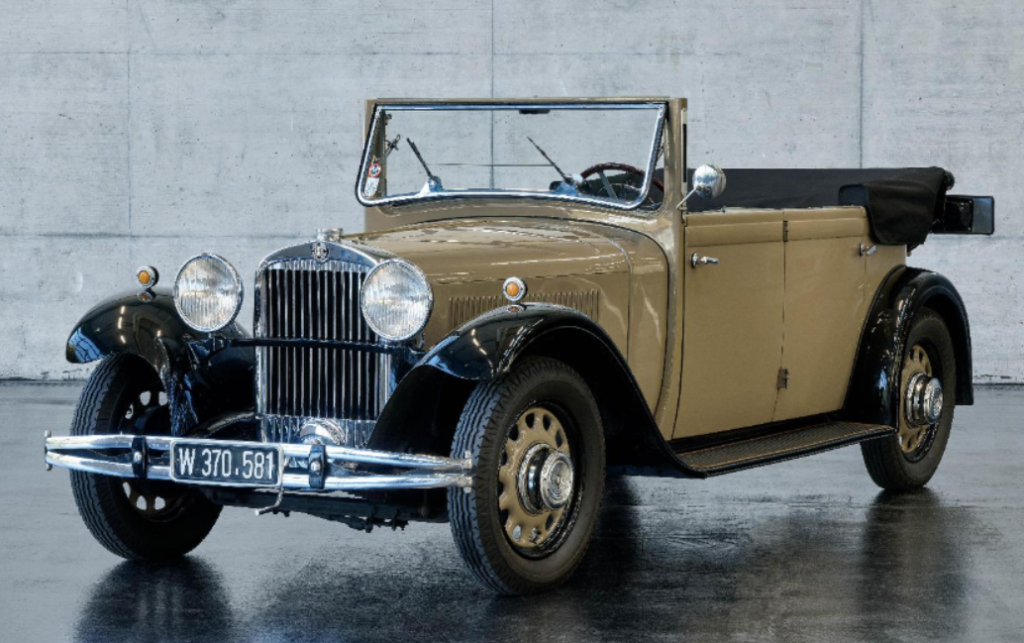1932 Duesenberg Model J Dual-Cowl Phaeton
Offered by Bonhams | Carmel, California | August 18, 2023

This is a “bitsa” Duesenberg. It’s got bits of this and that Model J assembled to form a complete car. This is the case with seemingly every pre-war Bugatti, and more than a few Model Js have swapped engines and/or bodies.
So what do we have here? First, a real Model J chassis (2481) that was pulled out of one of Karl Kleve’s hoards. It was originally bodied as a Willoughby limousine. It also has engine J-474 in it, and that’s what really matters (even though it did not come from chassis 2481). Weirdly, they’ve coupled that 265-horsepower, 6.9-liter inline-eight with a Tremec six-speed manual transmission.
The body is a recreation. There’s something about dual-cowl coachwork that is hard to really nail, and every such recreation looks slightly… off. Maybe it’s the long wheelbase coupled with too-small-looking wire wheels. Or maybe it’s just the photos. Anyway, this is said to be a $1.8 million build, and it now has an estimate of $1,250,000-$1,500,000. Click here for more info.
Update: Sold $1,127,000.









